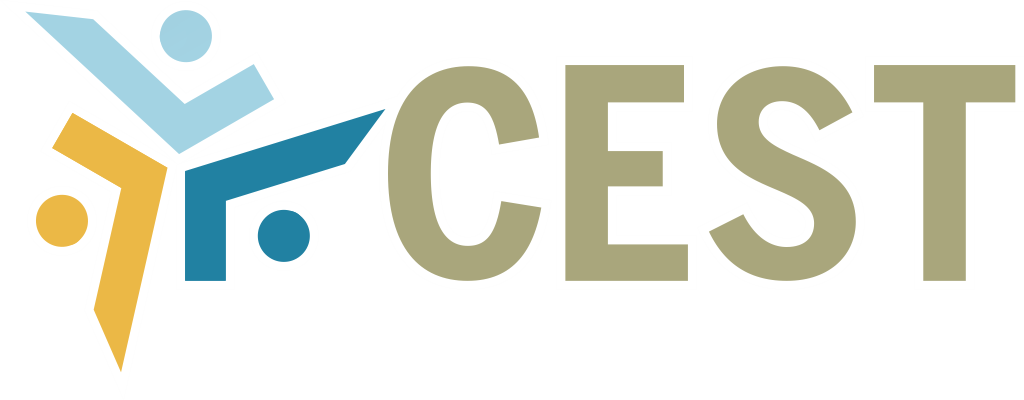Autor: Sirlei Pitteri
The maturation of digital technologies (CITs) is deeply transforming the worldwide competitive scenario. In 2005 North-American journalist Thomas Friedman addressed this phenomenon as the triple convergence, in which three interconnected and simultaneous events took place: (1) technological innovations available and integrated at global level; (2) the rise of a critical mass of creative professionals that organized those technologies into new business models; and (3) the inclusion of 3 billion people from emerging countries into the world economy.
In two decades, this phenomenon promoted a global game field, mediated by the Web, enabling several collaboration modalities (knowledge and work) in real time, independently of geography, distance, or language.
It is possible to identify some conformation in the labor market different from that of last century’s industrial scenario. The traditional sector jobs, well-structured and relatively predictable in the mid and long terms, are migrating to far more complex sectors still not contemplated within the census and official surveys, but that are being accommodated within the diversified and wide-ranging sector of services.
Recent data point out that industry’s traditional sectors represent only 10.8% of the GDP (Gross Domestic Product); while the services sector is estimated at 60%. According to FENACOM (National Federation of Accounting Services Companies and Advisory, Expertise, Information, and Survey Companies)(2016), the services sector growth was 3.3%/year between 1996 and 2014, a rate superior to that of the Brazilian economy, which was 2.0%, as compared to the economic added value.
This phenomenon started in advanced-capitalist countries in the 1980s and spread over emerging countries from the year 2000 on. There was an important division in the production organization and in the global economy markets, requiring bigger flexibility of the companies to deal with the uncertainties caused by the quick rhythm of changes in the world economy. New production processes and work practices within the fordist system are being replaced by the lean production model, diminishing the workforce, increasing the work automation, eliminating tasks and administrative layers.
The replacement of the manufacturing structured activities by technologies is being called Industry 4.0 or fourth industrial revolution: it includes automation, cyber-systems monitoring, data exchange, and virtual copy of a real world. The decisions are decentralized, and this entire ecosystem communicates and cooperates within itself and with people in real time, interacting with services Internet platforms.
Reflexes of these tendencies have been visible in the companies’ practices for some decades already. The evolution of the vertical company model to form networks between companies and computers have been consolidated in several formats, promoting outsourcing of whole teams and displacing the organizational frontiers to beyond the limits of their countries, operating on a global scale (DICKEN, 2010).
However, this phenomenon is not unprecedented and has always occurred along the history of mankind. James Watt’s innovations for the vapor machine in the 18th Century started the first industrial revolution, increasing the textile industry’s productivity. The second one came with the introduction of the assembly line by Henry Ford in 1913. The third one introduced the computer in the factory floor in 1970, gradually replacing people in structured and programmable activities. Thus, any structured industrial function can be automated.
Industry 4.0 is characterized by the integration of production systems called cyber-physicals, in which intelligent sensors tell the machines how they must be processed; and within a decentralized modular system, the processes must be self-governed. Smart embedded systems start working together, communicating wirelessly either directly or through the Internet cloud (The Internet of Things – IoT). The factory control centralized rigid systems give way to decentralized intelligence with machine-to-machine (M2M) communication on the factory floor. This is how industry 4.0 of the fourth industrial revolution looks like (DONOVAN, 2016).
Thus, the labor market becomes the wake of organizational changes, in which some activities vanish while others arise. The decline of the industrial job takes place with the expansion and diversification of the services sector.
The professionals’ profile has been greatly modified. While some operational-level jobs disappear, others more compatible with human skills come up – the contract coordinator – responsible for the management of innumerous activities involved in the value chain that has expanded far beyond the companies’ limits.
Forty-hour-a-week jobs (nine to five) are scarce, and, nowadays, companies make personal telephones available for their collaborators and partners for twenty-four working hours, Monday to Monday. Cyber-services need human intelligence for unforeseen events that may happen at any time; however, Brazilian legislation about job relations lacks adequate mechanisms, mainly in relation to the rights and duties of the parties.
These issues have gained importance as Brazil has been inserted in global job chains, especially those oriented towards services production in digital economy, of which actuation goes far beyond the countries’ borders.
Concerns towards technological unemployment are not a recent phenomenon. As Joseph Schumpeter highlighted in 1942, the ‘creative destruction’ is a reflex of technological inventions, creating not only huge richness but also social disturbances considered unfair by communities during a certain time.
The central issue involved in this debate is the balance between job maintenance and technological advances, requiring a continued adjustment between power relations in society and how financial returns are being distributed.
References
DONOVAN, J. Indústria 4.0 – o que é isso? Instituto Newton C. Braga. ART 1350. Disponível em: <http://www.newtoncbraga.com.br/index.php/eletronica/52-artigos-diversos/7571-industria-4-0-o-que-e-isso-art1350>. Acesso em: 17 abr. 2016.
DICKEN, P. Mudança Global: mapeando as novas fronteiras da economia mundial. 5. ed. Trad. Teresa Cristina Felix de Souza. Porto Alegre: Bookman, 2010.
FENACOM. Federação Nacional das Empresas de Serviços Contábeis e das Empresas de Assessoramento, Perícias, Informações e Pesquisas. Disponível em: http://www.fenacon.org.br/noticias/meis-viram-a-maior-categoria-empresarial-263/. Acesso: 27 fev. 2016.
FRIEDMAN, T. L. O Mundo é Plano: uma breve história do século XXI. Trad. Cristiana Serra, S. Duarte. Rio de Janeiro: Objetiva, 2005.
__________________________________________________________________________
This article was developed with the support of CEST (Study Center Society and Technology) of the University of São Paulo (CEST-USP).
 English
English Português
Português
